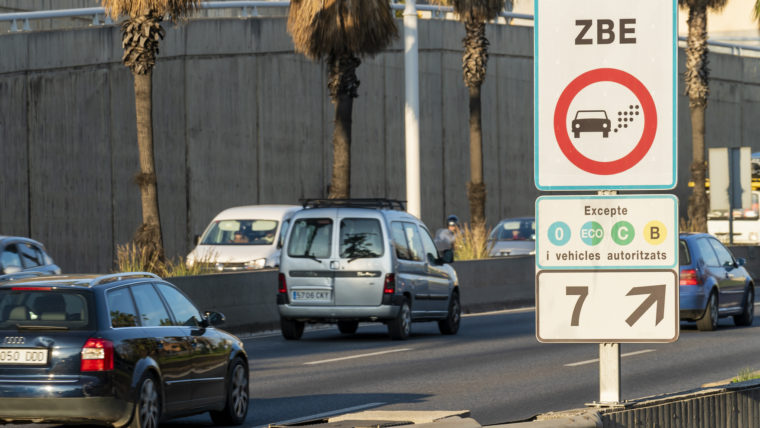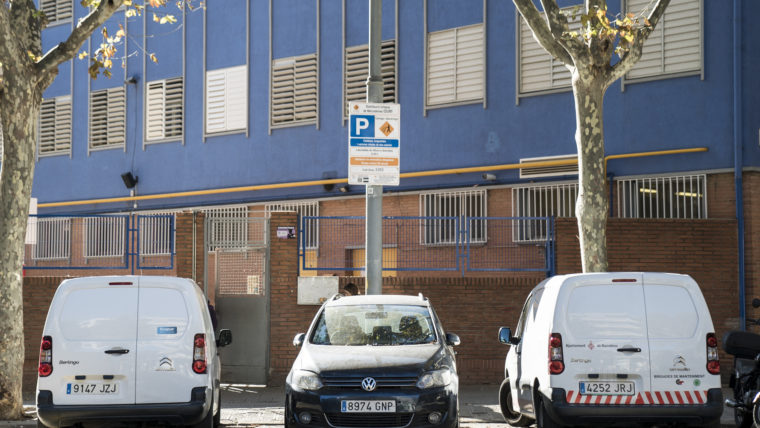Exceptional travel in the LEZ for transport professionals committed to replacing vehicles lacking an environmental label
The authorities responsible for the LEZ and the road-freight transport collective signed an agreement today over a series of facilities for renovating the fleets of lorries and vans affected by the end of the moratorium for such vehicles, on 31 December. The owners of these vehicles will have to sign a declaration committing themselves to renovating or adapting their pollutant vehicles before July 2022.

Today, 10 December, saw the authorities with jurisdiction over the Barcelona Ring Road low emissions zone (LEZ) (Barcelona Metropolitan Area-AMB, Barcelona City Council and the Government of Catalonia) reach an agreement with associations representing the professional collective of road-freight transport.
The means vehicles without DGT labelling, small lorries and coaches (N2, N3 and M2) affected by the end of the moratorium this coming 31 December will be allowed to travel, provided their owners sign a declaration of compliance expressing their intention to purchase a new vehicle. That declaration includes a commitment to change the vehicle before 30 June 2022.
The aim is to acknowledge the sector’s intention to renovate their fleets with cleaner and more sustainable vehicles while enabling owners of vehicles without DGT environmental labels to continue travelling through the LEZ until they receive a replacement vehicle with the appropriate label.
You can see all the agreement’s commitments from the following link.
Reduced emissions in Barcelona thanks to the LEZ
The first data to be obtained in 2021 on the impact of the LEZ indicate that average emission factor for the fleet of travelling vehicles has so far (2021) dropped by 20% in the case of PM10s and by 50% in the case of nitrogen dioxides (NOX), since the announcement of the measure (2017).
So, even though private mobility vehicles are now back to their pre-pandemic levels, pollution levels have dropped slightly to below those of 2019.
It was this November that the European Environmental Agency backed the LEZ, stating that the measure had already reduced pollutant emissions by nearly 30%.
Meanwhile, the latest report from the European Public Health Alliance, ‘Towards more breathable cities: How much transport emissions cost and how to improve air quality’, points out that the establishment of the LEZ is the most effective measure for reducing local pollution.
Low emission zones (LEZs) have a long history in Europe, where they have been introduced in over 200 cities and proving a success. Barcelona’s LEZ may be one of the first of its kind in Spain, but under the new Climate Change Act approved by the Spanish government such zones will have to be implemented before 2023 in every city in the Spanish State with over 50,000 residents. This is an EU work line that will soon be opening up and growing irreversibly.
To round off, please note that, as a means of incentivising and facilitating the transformation of transport fleets, the Spanish government has activated the Subsidies programme for companies supporting sustainable and digital transport. This packet of subsidies has a budget of 800 million euros and is conveyed through the EU Next Generation Fund (EUNGF).




